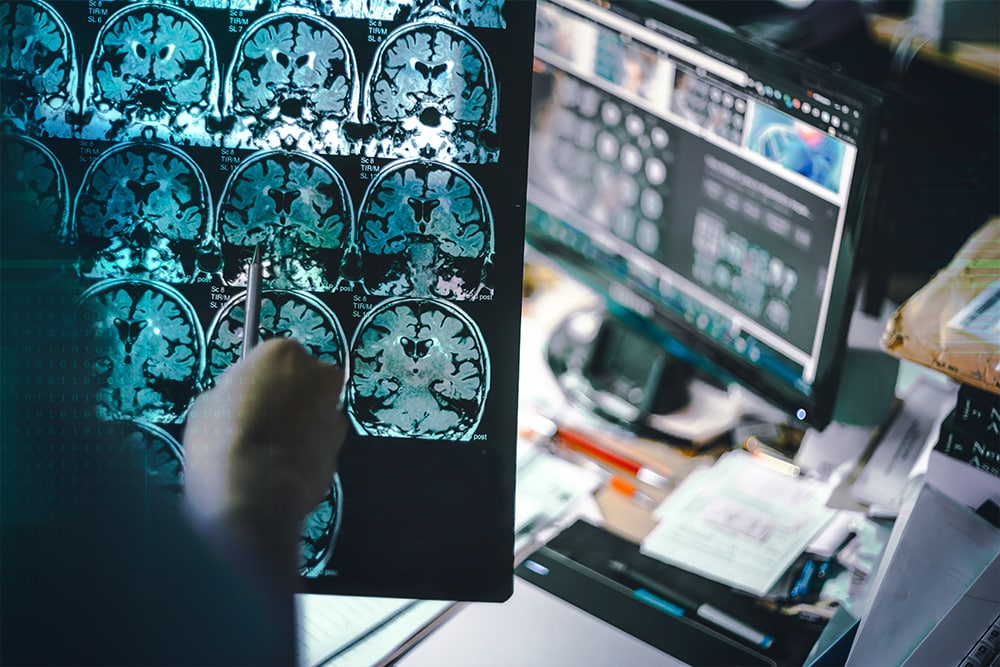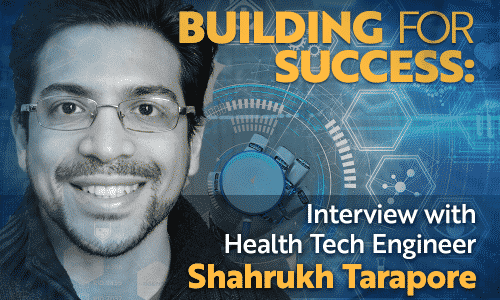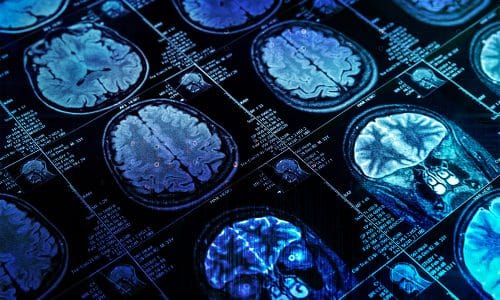According to experts in the field there’s no sure way to diagnose Alzheimer’s. There are individual tests or brain scans that can uncover the disease. Physicians can check out a patient’s medical history and observations reported by family members or health-care workers.
However, AI is now offering the potential for machine learning to pick up on patterns that otherwise would easily be missed. Early diagnosis raises the possibility that new drugs could slow the progression of the disease.
Devices equipped with AI algorithms could be installed in people’s homes or in long-term care facilities to monitor those at risk. For patients who already have a diagnosis, such technology could help doctors improve treatments.
Drug companies are also interested in using machine-learning algorithms, in their case to search through medical records for the patients most likely to benefit from experimental drugs. Once people are in a study, AI might be able to tell investigators whether the drug is addressing their symptoms.
For example, there is now a device, a box that hangs on the patient’s wall. It tracks his movements– getting out of bed, dressing, walking to his window, or going to the bathroom. It can tell if he’s sleeping or has fallen. It does this by using low-power wireless signals to map his gait speed, sleep patterns, location, and even breathing pattern.
“All that information gets uploaded to the cloud, where machine-learning algorithms find patterns in the thousands of movements he makes every day,” notes a report in Technology Review.
MIT’s Computer Science and Artificial Intelligence Laboratory originally developed the device as a fall detector for older people. But they discovered that if it could pick up on a fall, it must also be able to recognize other movements, like pacing and wandering, which can be signs of Alzheimer’s.
The device’s wireless radio signal, only a thousandth as powerful as Wi-Fi, reflects off everything in a 30-foot radius, including human bodies. Every movement—even the slightest ones, like breathing—causes a change in the reflected signal.
The MIT team came up with machine-learning algorithms that analyze all these minute reflections. They made the system recognize simple motions like walking and falling, and more complex movements like those associated with sleep disturbances
“Over time, the device creates large readouts of data that show patterns of behavior. The AI is designed to pick out deviations from those patterns that might signify things like agitation, depression, and sleep disturbances. It could also pick up whether a person is repeating certain behaviors during the day. These are all classic symptoms of Alzheimer’s,” according to the report.
Machine learning is also helping doctors predict the severity of the disease in different patients. Duke University physician and scientist P. Murali Doraiswamy is using machine learning to figure out what stage of the disease patients are in and whether their condition is likely to worsen.
Stay tuned. According to some experts, AI could be used to diagnose and predict Alzheimer’s in patients in as soon as five years from now.
https://www.technologyreview.com/s/609236/ai-can-spot-signs-of-alzheimers-before-your-family-does/




